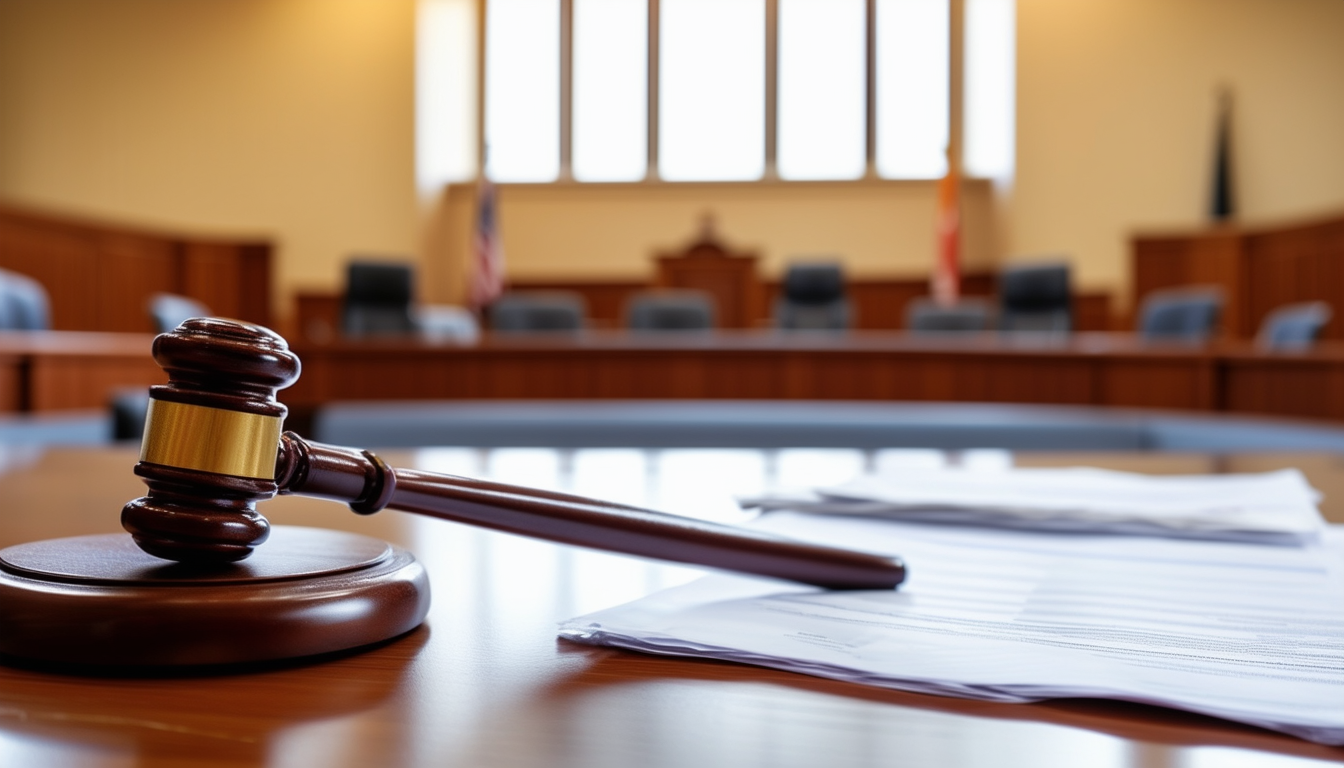What Is A Class Action Lawsuit?

A class action lawsuit is a legal case brought by a group of people who suffer similar harm. The case might be too small to file individually, but justice can be served when people come together as a so-called “class.”
Class actions are a way to hold a company or organization accountable. As an average person, you can stand up to large and powerful entities and fight for the compensation you may deserve.
Class action lawsuit definition
A class action lawsuit is a legal case brought by a group of people who have suffered similar harm and join together to sue the business or organization responsible.
That harm or loss is often too small to be worth filing an individual case. An example of a class action of this type might be a defective product, a business that does something misleading and cheats you or a company that damages the environment, hurting everyone in the area. All the people sharing a similar harm are called a “class” in legal terms. Some other concepts to know are:
- Collective representation: A few people stand as plaintiffs, people bringing the lawsuit, on behalf of the entire group.
- Common claims: Everyone in the class must share similar harm or make a similar complaint caused by the same act of wrongdoing.
- Judicial certification: The court must agree that the lawsuit can go forward as a class action before the case can start.
- Binding outcome: When the judge or jury makes a final decision, it applies to all members of the “class.”
A class action lawsuit is a way for the average person to take on powerful organizations. It levels the playing field so you can take a stand against wrongdoers. Class action lawsuits can:
- Give you access to justice, which may be too expensive or complicated to pursue on your own.
- Hold companies, government agencies and other organizations accountable for the harm they have done.
- Make your claim stronger and more forceful with the combined claims of a “class,” giving you a much better chance of getting justice.
- Make the powerful think twice about doing something wrong, knowing they could face a class action.
- Force companies to reform their behaviors or fix their products.
How do class action lawsuits work?
The way class action lawsuits work is that a group of people, each with a similar legal claim, combine their complaints into one big lawsuit. A class action lawsuit is more efficient for the court. Several individuals can represent the whole group instead of dozens, hundreds or even thousands of people filing individually. And the jury or judge’s decision applies to everyone, settling all their claims at once.
Some key considerations to keep in mind include the fact that payouts can be small, depending on how the damages won are shared with everyone. That said, you can have a collective impact on companies and organizations, which benefits others in the future. Once you participate in a class action lawsuit, you cannot sue again for the same claim individually.
Understanding the class action lawsuit process
The class action lawsuit process follows a set of steps designed to protect the rights of both sides, making a fair setting for the case and eventual decision. These are:
- Figuring out who is in the group of affected people: The first step is defining who has been harmed by the wrongdoing of a company or organization. This group is the “class” of the class action. The “lead plaintiffs” are chosen to represent the whole group.
- Filing the lawsuit: The lead plaintiffs sue the wrongdoers, called “defendants.” At this stage, the court decides if the lawsuit meets the requirements to be a class action. The case must clearly define the claims and show that the whole class was similarly affected.
- Certification: If the judge decides the lawsuit qualifies as a class action, the class is “certified,” and the lawsuit moves forward. Class members are given the chance to join or not join the lawsuit.
- Lawsuit proceeds: When a class action moves forward, the process of preparing and going to trial is the “litigation” phase. Sometimes the defendant will settle before going to court, offering money and other terms to satisfy the class. Sometimes the case goes to trial and a decision is made.
- Distribution of damages: If there is a settlement or the class wins in trial, the damages or money awarded must be given to each class member. Sometimes this is done through a claims process, and sometimes a judge decides who gets what.
Types of class action lawsuits
Groups of people can suffer different kinds of harm, leading to different kinds of lawsuits. Here are some examples of class action lawsuits representing the most common types of class action cases:
- Employment: These class action lawsuits can be filed for things like unpaid overtime, unfair pay and time practices, treating you like an independent contractor when you’re an employee, unsafe work conditions or being discriminated against because of your race, gender, age or other reason.
- Consumer protection: You can start a class action lawsuit over false or misleading advertising or deceptive business practices.
- Product liability: You can sue a company for selling a defective product or one that causes you harm.
- Environmental hazards: Actions that pollute or contaminate an area can affect many people, any and all of whom can form a class action.
- Securities fraud: A group of investors can sue when a company provides false information or does something illegal that affects the value of an investment.
- Antitrust: You can sue if you were forced to pay higher prices or accept bad terms because companies denied consumers choices.
- Medical devices and pharmaceuticals: Dangerous or defective drugs, therapies and devices are also common reasons why people file class action lawsuits.
